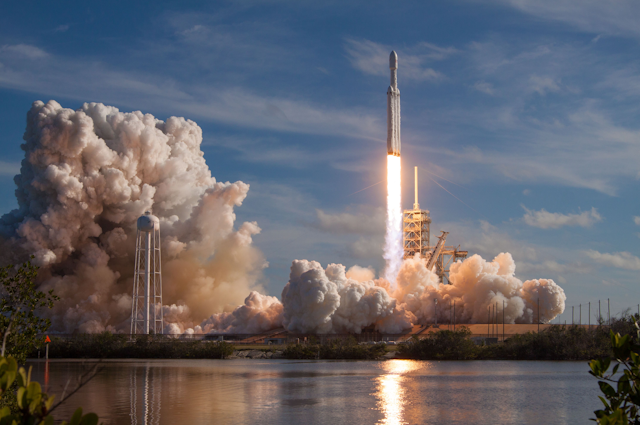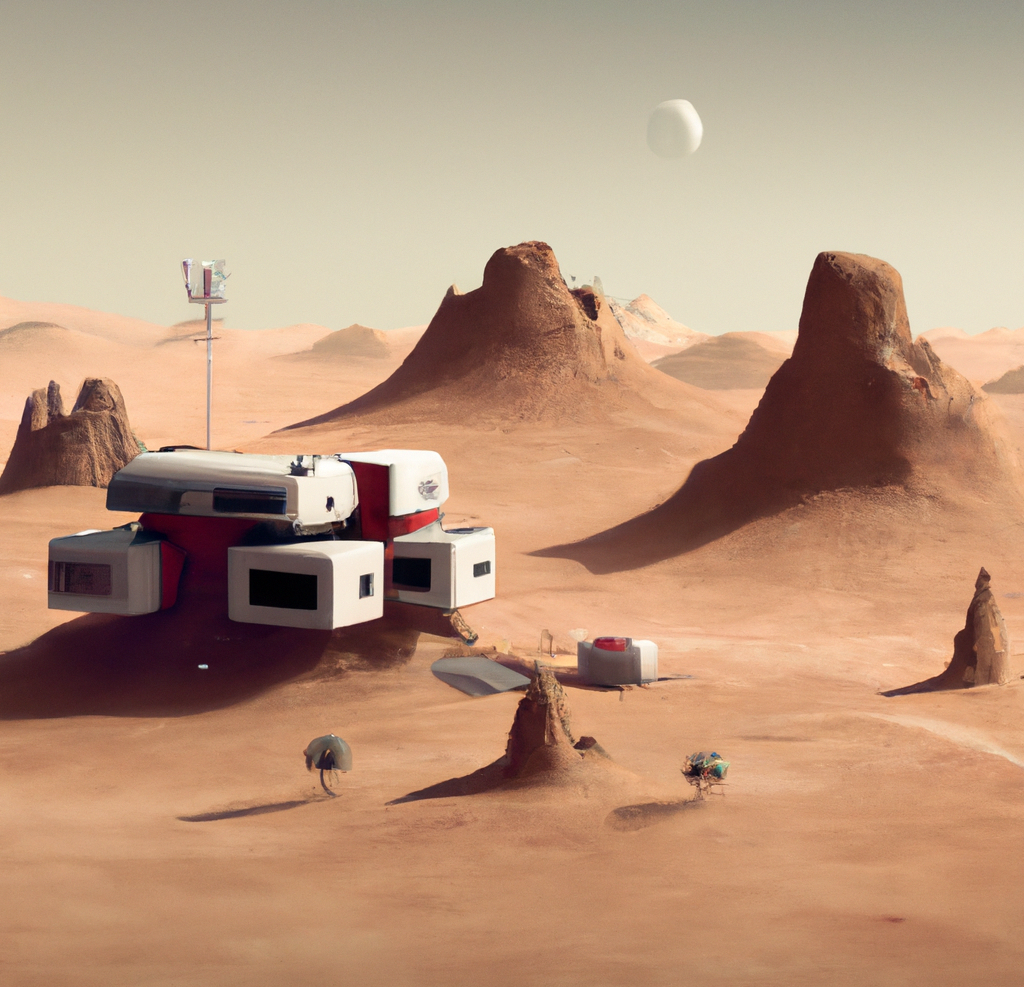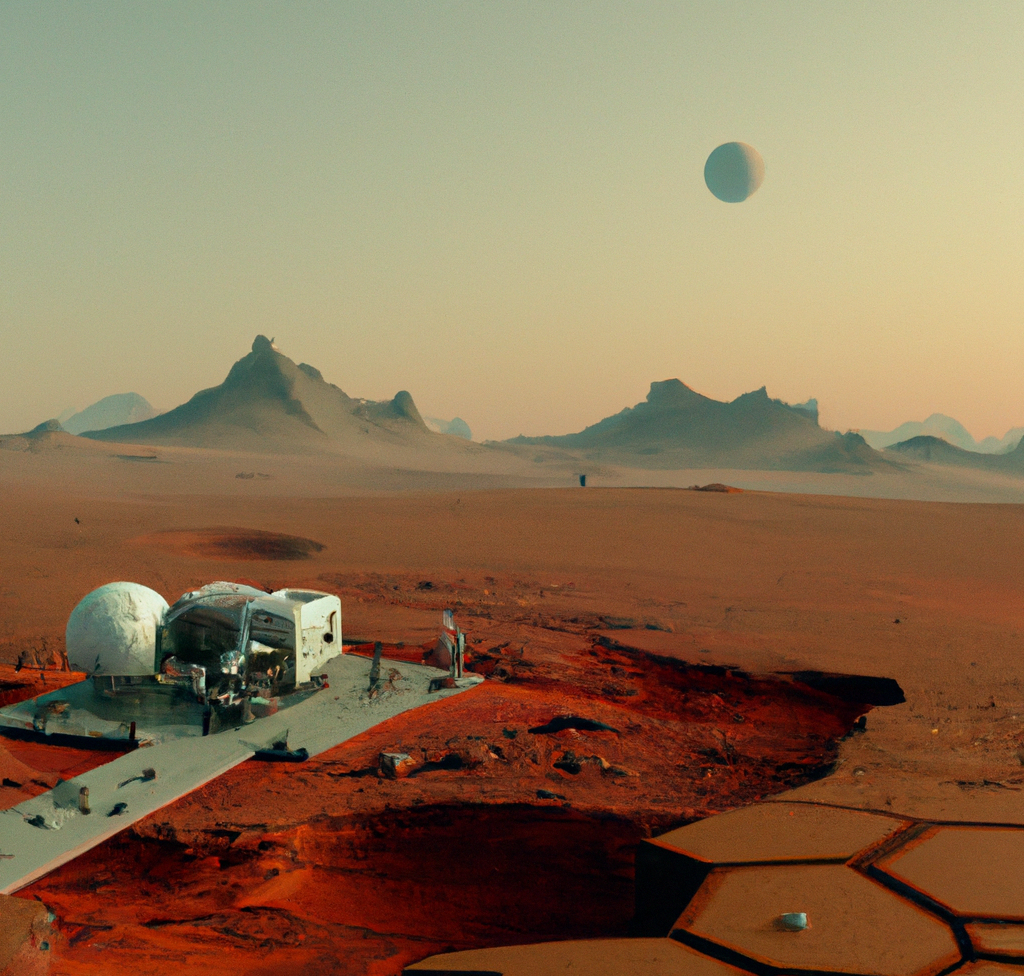Elon Musk's Ambitious Plan to Colonize Mars: SpaceX's Journey and Challenges
The Vision
Elon Musk, the visionary CEO of SpaceX, has set forth an audacious goal that has captured the imagination of people around the world: making humanity a multiplanetary species by colonizing Mars. This ambitious plan aims to develop advanced space transportation systems and sustainable infrastructure to support human life on the Red Planet. The vision is not just to visit Mars but to establish a thriving, self-sustaining colony that can grow and flourish. Here's an in-depth look at how SpaceX plans to achieve this monumental task and the progress made so far.
Key Elements of SpaceX's Mars Plan
- Interplanetary Transport System (ITS) / Starship
- Starship: At the heart of SpaceX's Mars mission is the Starship, a fully reusable spacecraft designed to carry both crew and cargo to a variety of destinations, including Mars. The Starship is designed to accommodate up to 100 passengers, providing living quarters, common areas, and storage for supplies needed during the journey and initial colonization phase.
- Super Heavy: To launch the Starship into orbit, SpaceX is developing the Super Heavy rocket booster. This massive, reusable booster will provide the necessary thrust to break free from Earth's gravity, after which it will return to Earth for refurbishment and reuse.
- Colonization and Sustainability
- Self-Sustaining Colony: One of the primary goals of SpaceX's Mars plan is to establish a self-sustaining colony. This involves creating infrastructure for life support, energy production, and resource utilization. Key technologies include systems for generating oxygen and water from Martian resources, as well as growing food in controlled environments.
- In-Situ Resource Utilization (ISRU): To minimize the need for supplies from Earth, SpaceX plans to use Martian resources to produce fuel, water, and building materials. This approach, known as In-Situ Resource Utilization (ISRU), is critical for the long-term sustainability of the colony.
- Affordability and Reusability
- Cost Reduction: A cornerstone of SpaceX's strategy is making space travel more affordable. By developing fully reusable spacecraft and rockets, SpaceX aims to significantly reduce the cost of space travel. This will make Mars colonization feasible for a broader segment of humanity, not just government-funded space agencies.
- Reusable Technology: The reusability of both the Starship and Super Heavy is crucial for reducing costs. SpaceX has already demonstrated success with reusable rockets through its Falcon 9 program, and it aims to replicate and expand this success with its Mars mission.
Original Milestones
Elon Musk and SpaceX have outlined several key milestones to achieve their goal of Mars colonization. While the timeline has evolved over time, the original milestones provided a roadmap for this ambitious endeavor:
- 2016 Announcement
- In September 2016, Elon Musk unveiled the Interplanetary Transport System (ITS) at the International Astronautical Congress (IAC). The initial concept included a spacecraft capable of carrying up to 100 people to Mars, with a vision of creating a self-sustaining city on the Red Planet.
- Development and Testing
- 2018: Begin construction of the ITS spacecraft, later renamed Starship, and start developing the Super Heavy booster.
- 2019: Conduct the first short "hops" of the Starship prototype to test its flight capabilities and gather data for further development.
- Orbital Tests
- 2020-2021: Conduct more advanced tests, including high-altitude flights and orbital missions of Starship. These tests are designed to validate the spacecraft's design and performance.
- 2022: Achieve the first cargo mission to Mars, demonstrating the capability to deliver supplies and equipment to the Martian surface.
- Crewed Missions
- 2024: Target for the first crewed mission to Mars. This mission aims to establish the initial infrastructure for a permanent human presence on Mars, including habitats, power systems, and resource extraction facilities.
Progress and Current Status
SpaceX has made significant strides in developing and testing the Starship and Super Heavy. The journey has been marked by numerous test flights, iterations, and improvements:
- 2018-2019: Early prototypes, called Starhopper, conducted short flight tests to validate basic flight capabilities. These tests helped gather crucial data on engine performance and control systems.
- 2020-2021: Multiple high-altitude test flights of Starship prototypes took place, with several achieving successful landings. These tests included flights to altitudes of up to 10 kilometers, followed by complex maneuvers and landing attempts. Although some tests ended in explosions, each provided valuable lessons and led to design improvements.
- 2022: Continued development and testing focused on achieving orbital flights. SpaceX aims to conduct an orbital flight of Starship, where it will circle the Earth before re-entering the atmosphere and landing. This milestone is critical for proving the spacecraft's capabilities for interplanetary travel.
Setbacks
The path to Mars is fraught with challenges, and SpaceX has encountered several setbacks along the way. These challenges highlight the complexity and risks involved in developing cutting-edge space technology:
- Rocket Explosions: Test flights of the Starship prototypes have seen several high-profile explosions. For instance, during a routine mission in July 2024, a rocket failed during flight, causing significant delays and prompting a thorough review of safety protocols . These incidents underscore the inherent risks of space exploration and the need for continuous improvement and rigorous testing.
- Technical Challenges: The complexity of developing fully reusable rockets and spacecraft has led to numerous technical hurdles. Issues such as engine malfunctions, landing failures, and structural problems have all required solutions and redesigns. Each failure has provided valuable data that SpaceX uses to refine its designs and improve reliability.
- Regulatory Hurdles: SpaceX has faced regulatory challenges from government bodies, which have sometimes delayed test flights and launches. Ensuring compliance with safety and environmental regulations remains an ongoing concern. Navigating the regulatory landscape is crucial for maintaining the pace of development and achieving key milestones.
The Future of Mars Colonization
Despite these setbacks, the vision for Mars colonization remains strong. Elon Musk envisions a bustling colony on Mars, with thousands of settlers living and working on the planet. According to a recent New York Times article, the long-term goal includes developing cities with advanced infrastructure, utilizing Martian resources to create a self-sustaining environment, and eventually terraforming the planet to make it more Earth-like .
The initial stages of colonization will focus on building essential infrastructure, such as habitats, power systems, and resource extraction facilities. Solar power and potentially nuclear energy will provide the necessary electricity, while advanced life support systems will ensure a stable supply of air and water. Hydroponic farming and other innovative agricultural techniques will enable the production of food.
As the colony grows, SpaceX plans to expand its capabilities to include more advanced manufacturing and construction. Utilizing local resources will be crucial for building structures, producing tools, and creating everyday necessities. Over time, the goal is to develop a robust and diverse economy on Mars, with industries ranging from mining and manufacturing to research and tourism.
Terraforming Mars, making it more Earth-like, is a far-future goal that involves altering the planet's atmosphere and climate. This could include releasing greenhouse gases to warm the planet, creating bodies of water, and introducing plant life to produce oxygen. While these steps are speculative and would take centuries to achieve, they represent the ultimate vision of transforming Mars into a second home for humanity.
Conclusion
SpaceX's ongoing efforts and innovations bring humanity closer to realizing the dream of becoming a multiplanetary species. The journey to Mars is challenging and fraught with obstacles, but the potential rewards of exploring and settling Mars make it a pursuit worth striving for. Elon Musk's vision of a self-sustaining colony on Mars is a bold and inspiring goal that continues to drive technological advancements and ignite the imagination of people around the world.


